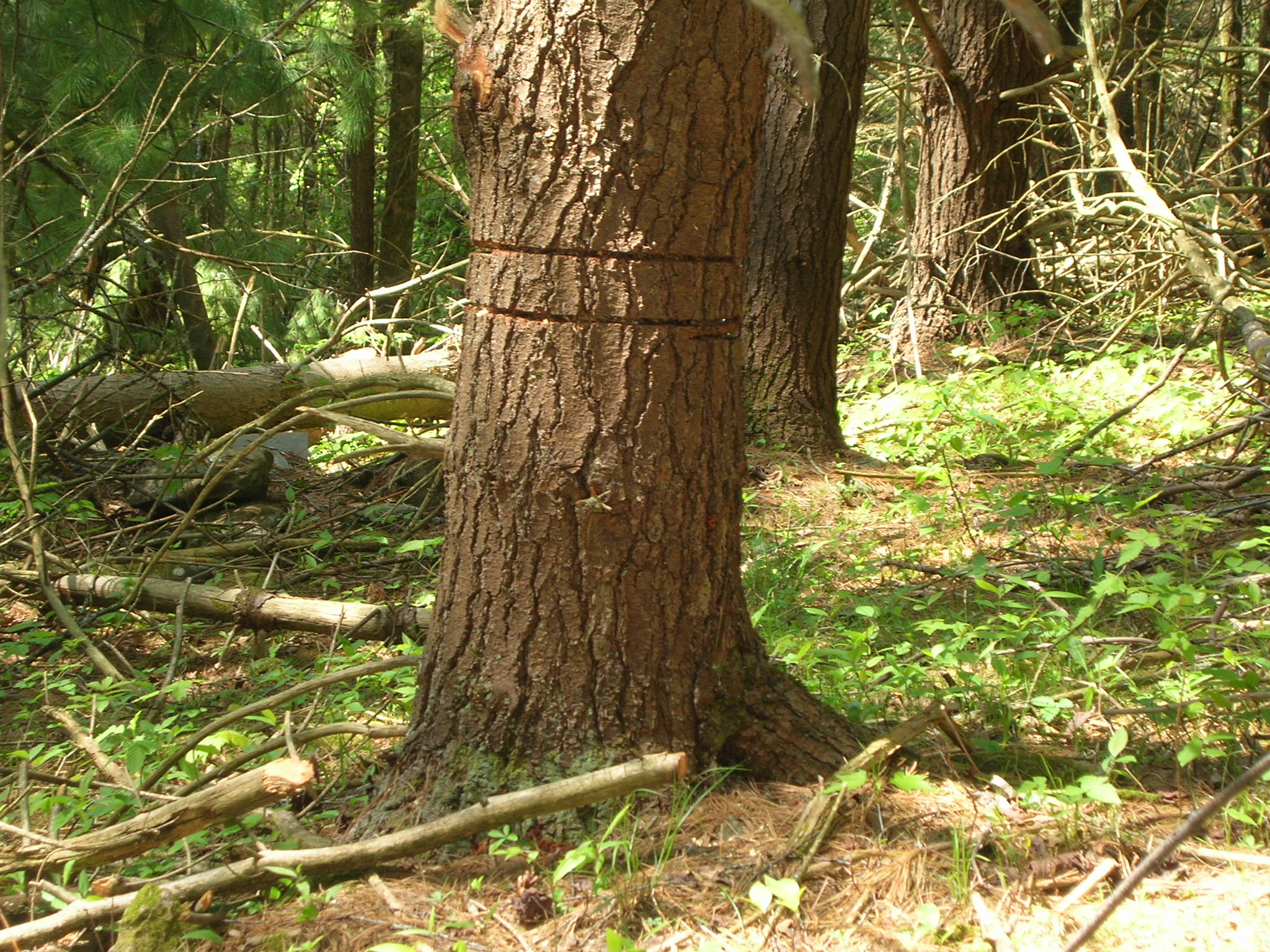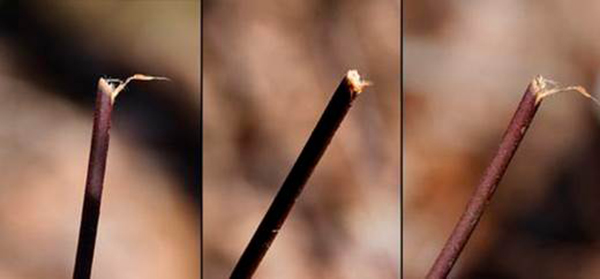You might think dead trees in your woods mean something is wrong. But death is part of the woods, and dead trees, called snags, are important for a host of wildlife.

Wildlife biologists recommend at least 7 snags (dead trees) per wooded acre in various sizes to provide habitat for cavity nesting species including many birds.
Standing dead trees, also called snags, provide both food and cover for animals. Snags have softer wood that’s easier for insects to feed on and woodpeckers to drill into. And because they’re easier for woodpeckers to make cavities in, snags are crucial habitat for the many wildlife species that nest in tree cavities, including 85 birds in North America alone. Among those birds is the red-headed woodpecker pictured below:

Many wildlife depend on dead trees, called snags, for food and nesting sites. This red-headed woodpecker is bringing lunch home to its babies tucked inside a cavity in this dead tree. Photo credit: USFWS
The easiest way to protect snags for wildlife is simply to leave them alone. A lot of landowners will use these trees for firewood thinking that’s better than taking a live tree, but they’re actually harming their woods by removing a rare habitat. As weird as it sounds, your woods will be better for wildlife if you leave the dead tree and use a live one for firewood.
Learn how to pick firewood trees from your woods
All snags are important, but those with trunks wider than 20 inches in particular warrant saving. These big snags are rarer than small ones, and they’re often the only ones larger animals like bears, barred owls, and fox squirrels will use.
How many snags is enough to provide for wildlife? In a given acre of your woods, wildlife biologists recommend you have the following:
| Width of snag about 4 feet off the ground | Recommended number per acre |
| 6 to 10 inches | 2 |
| 10 to 20 inches | 4 |
| More than 20 inches | 1 |
If your woods lack snags, particularly among large trees, you can use girdling to create new ones. That’s what was done to the white pine in the photo below. Check out this MyWoodlot activity for advice on how to girdle trees.
If your woodlot lacks snags, girdling with a chainsaw is a way to create more, as shown on this white pine.






